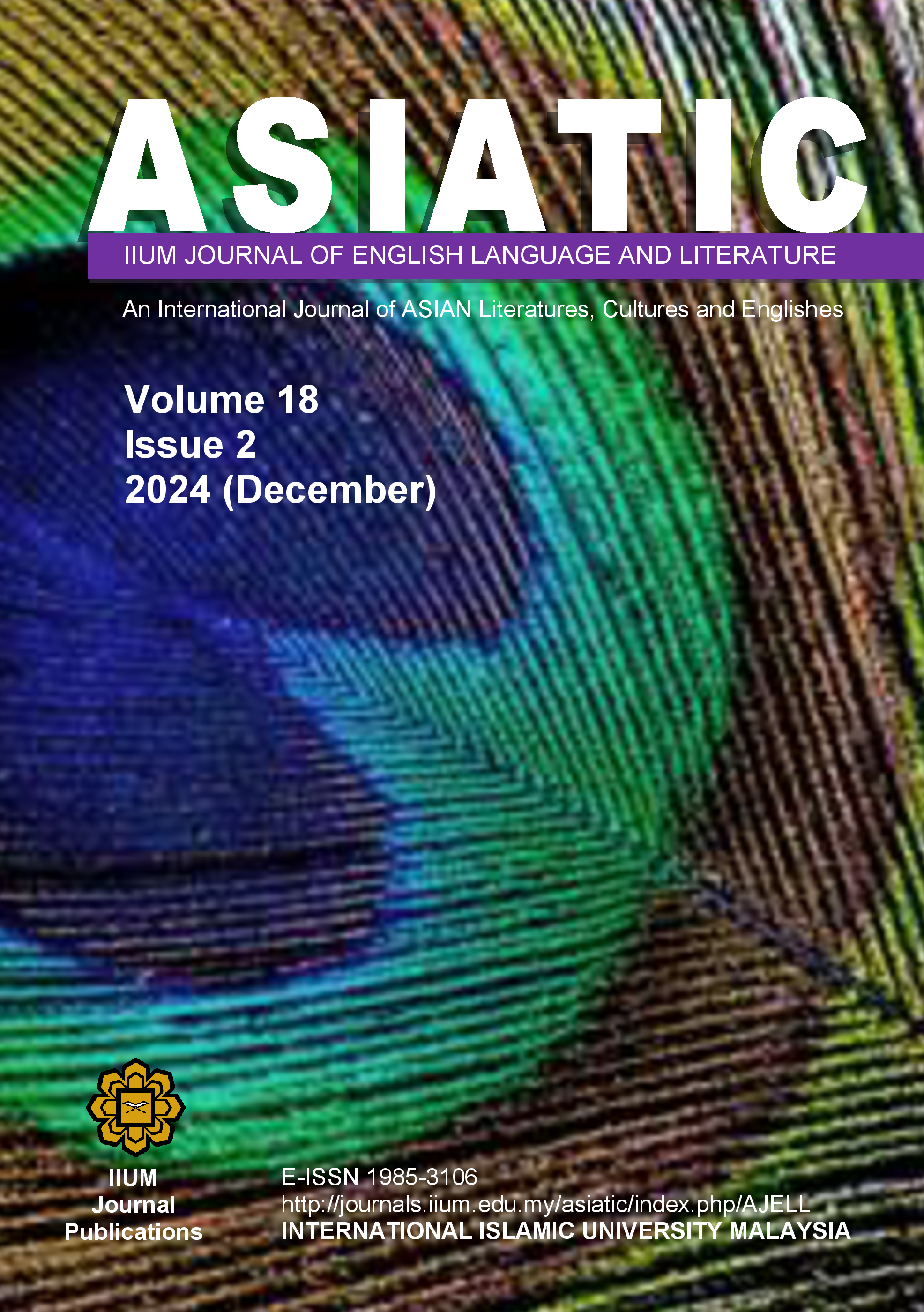Human-Robot Relations and Robotic Attachment in Kazuo Ishiguro’s <i>Klara and the Sun</i>
DOI:
https://doi.org/10.31436/asiatic.v18i2.3423Abstract
Kazuo Ishiguro, the Nobel-winning writer, explores human-robot relations in his 2021 science fiction novel, Klara and the Sun. This story is narrated from the perspective of Klara, an anthropomorphic social robot with humanlike characteristics such as observing, learning, empathising, and interacting. She changes her identity from an attractive object to a reliable attachment figure, forming close bonds with, and even becoming an extended self of, her owner. Thus, this story challenges the traditional human-robot relations away from the master-slave model and develops into an intimate and beneficial connection. Drawing on John Bowlby’s concepts of “safe haven” and “secure base” and David Levy’s new interpretations of attachment theory, this research explores why human characters seek robotic attachment instead of human companions and how the close attachment is revealed in human-robot relations. The findings of this study make more contributions to the human-robot relations in literature in a positive perspective.
Downloads
Downloads
Published
How to Cite
Issue
Section
License
Copyrights of all materials published in Asiatic are held exclusively by the Journal and the respective author/s. Any reproduction of material from the journal without proper acknowledgement or prior permission will result in the infringement of intellectual property laws.



